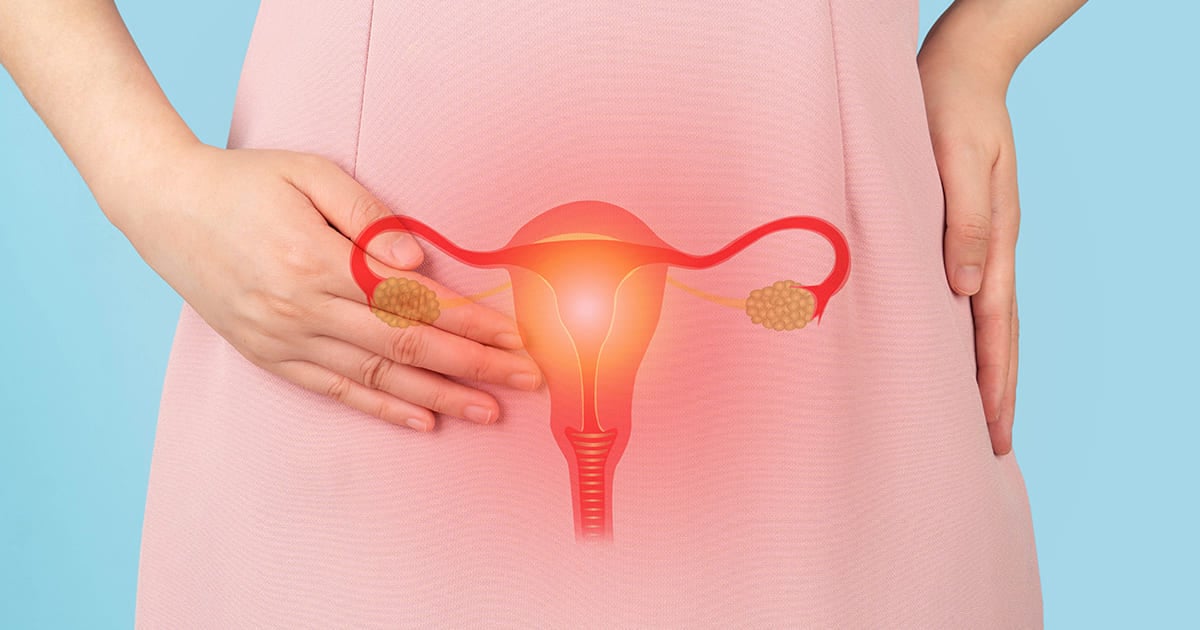Gynecologic problems are not uncommon, especially myomas where only 20 – 30% of cases will show any symptoms. By the time women realized, it may have already affected surrounding organs causing deteriorating conditions or complicating treatment options. Thus, attention to warning signs and insightfulness can go a long way.
Let’s Get to Know Myomas
Myomas are tumors of the uterine that can grow inside the uterine or protrudes out of the uterine wall. They may grow slowly or remain dormant. The size and number of myomas vary among women, but they are often found in 30 – 40 years old women. Most myomas have unknown cause, but the hormones estrogen and progesterone produced by the ovaries can induce them to grow. At the same time, menopause can make them smaller.
Types of Myomas
Myomas can be classified based on where they occur:
- Subserosal myomas will grow on the outer wall of the uterine. Large myomas can crowd neighboring organs or cause extreme pain.
- Intramural myomas will grow within the uterine wall and cause menstrual cramps, heavy menstruation, and infertility, depending on their location and size.
- Submucosal myomas will grow inside the uterine cavity and cause heavy menstruation, infertility, and risk of miscarriage.
Symptoms
Women who have myomas may or may not have symptoms. They may have just one or several foci, or even mixed type. Symptoms that should not be overlooked are:
- Menstrual pains, pelvic pains
- Irregular menstrual cycle, such as too often or too much
- Frequent urination, urinary incontinence
- Incontinence, bowel fullness
- Palpable pelvic mass or abdominal mass in case that the tumor is large or numerous
- Acute pain with fever and nausea in case that the tumor grows outside the uterine and is twisted

Diagnosis
Diagnosis can be done by ultrasound, which can give clear details. A hysteroscopy or endoscopy can also be performed.
Treatment
Treatment for myomas can be done by surgery. However, the degree of difficulty depends on size, number, and position. They can be divided into two groups:
- Myomectomy can be performed in several ways: laparoscopic myomectomy, minilaparotomy myomectomy where incisions are made through the abdominal walls and tend to be < 6 cm, and abdominal myomectomy.
- Hysterectomy can be performed through the vagina (vaginal hysterectomy), laparoscopic hysterectomy, minilaparotomy hysterectomy where incisions are made through the abdominal walls and tend to be < 6 cm, and abdominal hysterectomy, which is commonly used for women who no longer want to bear children.
Myomas and Cancer
People often wonder whether myomas can turn into cancer. The answer is that the chance is very small. This is because most myomas are benign and 80% are not cancerous. Furthermore, complications from myomas are not common and most tend to be just crowding of adjacent organs, such as the ureter leading to renal impairment.











